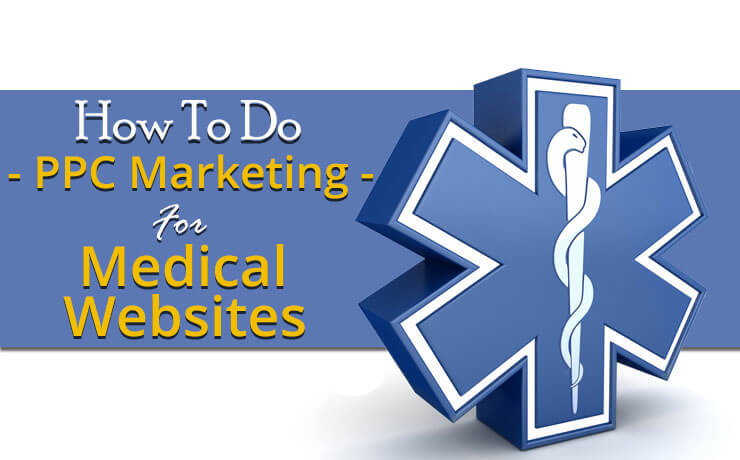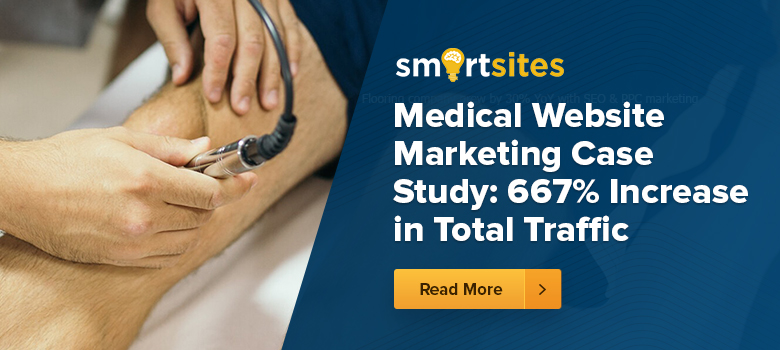How To Do PPC Marketing For Medical Websites

Chad Faith
Director of Content

The healthcare industry comprises of fields within fields. For instance, we have cardiology containing a number of sub-fields like cardiac electrophysiology, nuclear cardiology, echocardiography, and more. That’s why it is imperative that you remember that a certain marketing strategy that works for a certain field may not work the same for the field you specialize in. If you are managing a healthcare firm and have been tasked to market it, you need to learn how to implement the right PPC strategy. Here’s what you need to know when it comes to PPC marketing for medical websites.
Allocate Sufficient Resources for Quality Video Production
For starters, high-quality videos can help add value to your audience’s landing page and search experience. In addition, the saying “mobile is the future,” still holds true. In fact, mobile is continually growing and videos are rapidly becoming that new mobile. To add on, recent studies have shown that more healthcare customers preferred viewing product demonstrations in video format. It helps them understand faster and with much more clarity. That’s why you should start creating video landing pages without delay.
With that in mind, one can also incorporate videos into their marketing strategy in the form of YouTube ads or even within email blasts. You will be able to explain what your healthcare firm has to offer in an entertaining manner and build trust via a personalized experience as well.

Ensure Your Mobile Strategy is Nothing Short of Stellar
Today, a majority of healthcare administrators make purchase decisions while using their smartphones. B2C healthcare consumers are also on the same page as some individuals do not want their loved ones, colleagues, etc., to know or find out about their medical conditions. Simply put, trusting one’s phones than one’s desktop is becoming a norm.
Mobile is big and tons of mobile conversions come during the time of people’s commute, e.g., during a train ride, sitting on the bus, lunch time at work, and more. It will be advantageous for you if you make your medical website attractive to your mobile audience. One of the ways to tackle this area is to create mobile-specific ads. Remember, these ads should be created in addition to your desktop ads (do not neglect the latter!) in an ad group. In addition, make sure you use all necessary call extensions like calls-to-action buttons. Keep them short and sweet.
Of course, there are more methods you can try but it’s best to consult a professional to determine which one works best for you.
Focus on Impression Share and Average Position
When it comes to the medical niche, you have to stay on top of these two metrics. Your aim should be to get maximum visibility and real estate on search engine result pages. You wouldn’t want people who are searching in a longer sales cycle to forget that you exist. Next, Google tends to release updates to the algorithms of these metrics. Competition and user behavior are some of the factors that could encourage change. That’s why it is your duty to review them on a regular basis and adjust accordingly. What about remarketing ads? Well, remarketing isn’t really effective in the medical vertical, thus it’s recommended that you stick with the aforementioned.
Increase Visibility of Contact Information
Whatever PPC marketing campaign you are running for your medical website, you need to set up sitelink extensions and location extensions as well. Yes, do this for all of your campaigns (and your landing pages). Next, always remind yourself to state your office locations, phone numbers, and provide driving directions. You will also want to ensure your offices are easy to find on Google Map because you need to be prepared to serve people who get sick on the spot. So, make sure your medical website information is available on all modern communication means.









